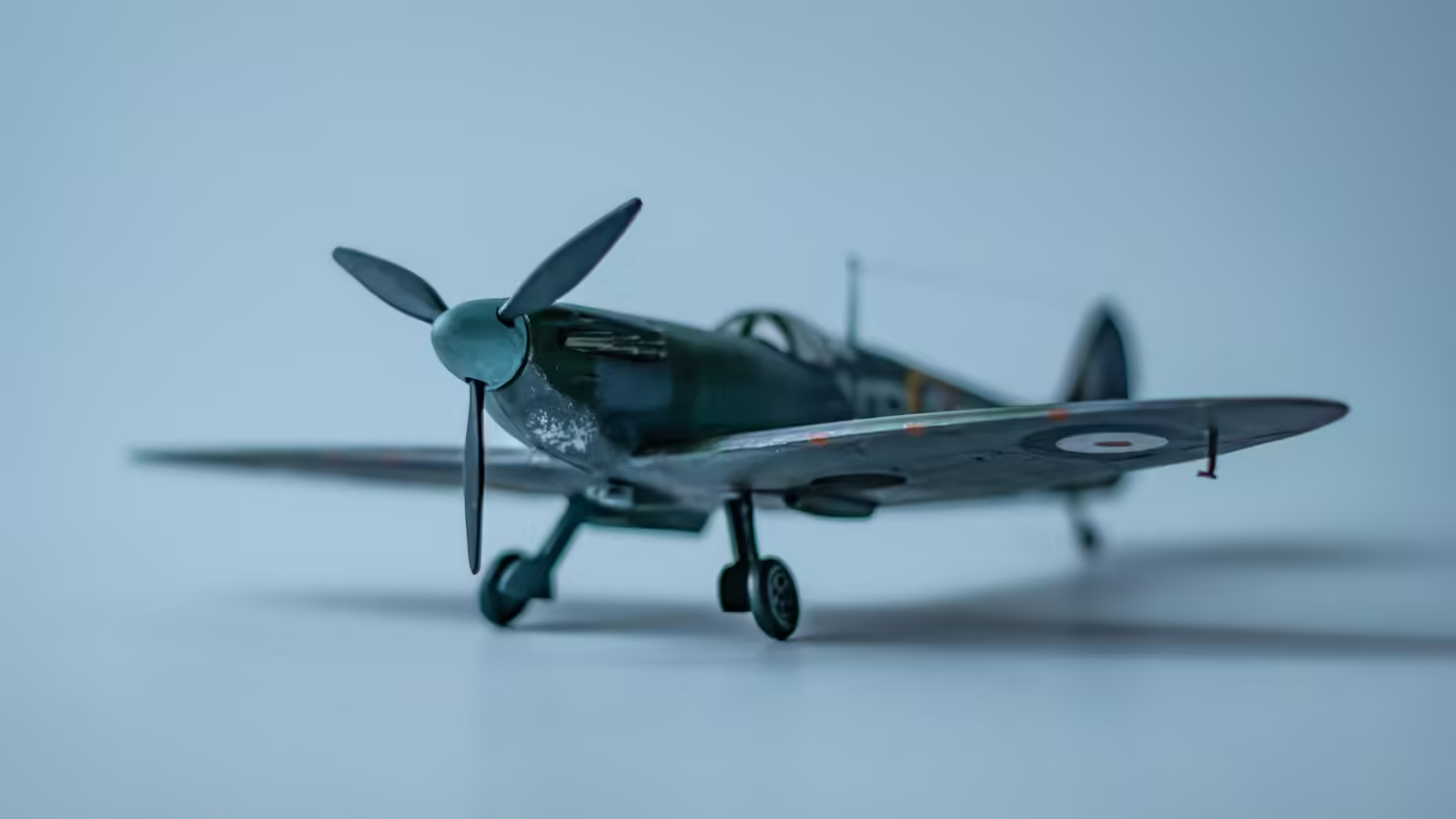
Table of Contents
In its six-year span, World War II killed nearly 85 million people. Nations invented new tactics to fight in air, land and sea in the name of victory and defense. As the war progressed, the somewhat unreliable Crusader tank. The island nation also produced several incredibly famous fighter planes, the most famous of which was the Supermarine Spitfire, one of the most famous combat vehicles of the war. Despite its unusual appearance, the Spitfire had several special features that enhanced its performance in the air.
It was a remarkable aircraft for a terrible, unprecedented time. Here’s a look at the creativity that went into the fighter’s design, exactly what it was capable of, and just how important it proved to be to the British and to the wider Allies’ war effort.
Read more: The 10 Most Iconic Airplanes In Aviation History, Ranked
Developing The Supermarine Spitfire

The Air Ministry issued the F7/30 specification in the early 1930s. The industry was challenged to create a fighter jet that was as ambitious as it was fast and powerful. Typically 250 mph was the standard to be met with all four weapons in service.
The first Vickers Supermarine entry was a failure, but after several prototypes and improvements (including the installation of Rolls-Royce’s PV-XII V12 engine), the final Supermarine Spitfire began to take shape and take to the skies. In March 1936, a prototype aircraft known as K5054 was launched, and further developments further increased its capabilities. The Spitfire entering service had four guns, a top speed of 250 miles per hour, and far exceeded expectations. It can also reach 348 mph equipped with twice that number of Browning guns.
It was a formidable aircraft and a powerful tool for combat. As a result, it outperformed any aircraft in the world arsenal during the war, even the Hawker Hurricane, which was also built in Britain. Historian Paul Beaver told the BBC that the plane had “a certain mystique about it,” and that instead of admitting it was a Hurricane, the enemy would say they had lost to a Spitfire. The distinctive, avant-garde and defined design of the Spitfire significantly cemented its place in aviation history.
The Innovation At The Heart Of The Spitfire

Components and materials were one of the most important factors Supermarine considered when creating a highly-armored yet aerodynamic aircraft. Strategies were to use metals creatively and avoid hard angles. It cannot be said that important but structurally weak regions were strengthened. Meanwhile, its body frame is adorned with multiple holes that create a rib cage-like pattern, thanks to its “semi-monocoque” structure. Due to reduced weight and reduced drag due to smoothness, the aircraft performed well overall. The extremely popular Mark IA variant of the Spitfire weighed 5,935 pounds, making it a very light aircraft in this regard.
The engine’s supercharger further increased efficiency, allowing for more consistent performance at various altitudes, which other aircraft of the era found particularly difficult. Because of all this, the Spitfire was a highly adaptable aircraft and subsequent derivatives would take on a variety of roles. For example, the 1942 HF Mark VII was designed to outmaneuver and destroy enemy bombers with twin Hispano guns, but the PR Mark 19 was an unarmed reconnaissance vehicle.
Despite twice as many Hawker Hurricanes as Spitfires in the Battle of Britain, the latter aircraft type was an essential part of the Allied armament. More than 20,000 Spitfires were built, still a record for the British Army.
READ | A Russian submarine accidentally self-destructs with its own torpedo


1 thought on “Why the Supermarine Spitfire was one of the most innovative WW2 jets”